Last week, I discussed an unpublished Superhero game that I wish had been released by Wizards of the Coast in the mid-2000s. Today, I’d like to follow that up with a bit of gaming history with a post about a truly unique Super Hero role playing game and how I came to find a copy in the "out of print" bin at a local game store.
As I mentioned earlier this week, I’ve been a fan of Super Hero role playing games for as long as I can remember. My first experience with Super Hero gaming was Hero Games' excellent Champions 2nd edition role playing game. I was visiting a friend’s house when I noticed he had a saddle stitched book with a black and white cover that featured to super powered people fighting one another. I didn’t recognize the characters from any comic book I’d ever seen before, so I asked my friend about the book. He told me that it was a super hero role playing game called Champions and offered to let me borrow it since we wasn’t currently playing any role playing games.
I later learned that the black and white cover exists for both the 1st and 2nd edition of the game and that a “true” 1st edition of Champions has wrap around color art showing even more combatants. The villain on the cover is named “Holocaust,” which I only learned when the 4th edition book Classic Enemies was released and I believe the hero is a character named Icestar for whom statistics were only published in the Champions comic book and not in the rule book.
When I got the book back home, I was amazed that game designers had even attempted to capture super heroes using game mechanics. At the time, I was only familiar with Dungeons and Dragons, Star Frontiers, Tunnels & Trolls, and Fighting Fantasy Gamebooks. I had played all three of those games and their mechanical foundations did not prepare me for what Champions offered.
Unlike the other games with which I was familiar, Champions did not have randomly created characters and instead allowed players to build whatever they could imagine. The only limit to the character you could design was the number of points available at creation (100 points with 150 more possible if you took Disadvantages). Other than that, it was all good. I hadn’t seen games like Superhero 2044 or The Fantasy Trip (Melee and Wizard) yet, so I didn’t know that there were other games that included point based character creation.
During my initial Champions experience, I didn't have anyone to play the game with and spent all of my time making characters and doing some solo battles. My character builds were heavily influenced by the sample characters in the rule book and thus were typically of 200 total character points (100 and 100 from Disadvantages). This included my personal write ups for the X-Men. I was content with my view of the game, but this view was to be shattered in short order.
A couple of months after I discovered Champions my family moved to a new city and I finally encountered a group of gamers who played the game every weekend. Given that this was the Bay Area, and the game company was a Bay Area company, I soon discovered a rich and vibrant Champions community. I also discovered that how I interpreted character adaptations to the game was very different from others.
To this day, I still adhere to much of the same philosophy that informed those different character adaptations. I personally believe that too many gamers inflate the stats of their favorite characters out of love for the character, rather than an examination of benchmarks and mechanics of the game. Our favorite superheroes are often not as ultra powerful as we assert and our preferences often shape how we review existing games.
In fact, a lot of complaints I see from gamers when reviewing new super hero role playing games is how “the creators gave X character the wrong stats.” Those same gamers might even like the mechanics of the game, but if the stats don’t align with their preconceptions they’ll give the game a negative review.
I wish more players would understand that it is entirely possible to make your own adaptations that leverage the system in the way you think the character can be represented. What’s more is that if you are able to make the character as you see them within the rules set designed, then the rules actually got it right even as the designer interpreted your favorite character differently than you did. What’s more challenging is the fact that characters change over time and sometimes, with licensed properties, change after the stats were written and while the book is in the final stages of printing.
Certainly, my early X-Men designs did not leverage the rules very well. This is because there are things that can only be understood through play and I had not actually played Champions at that time. When I finally got the chance to play the game, I learned how some combinations worked better than others and I learned that other players were much more likely than I had ever imagined to "grab" the "Obvious and Accessible" items some characters used in combat. Not that I designed a lot of those kinds of characters, I didn't, just that I had expected gamers to behave more like the characters in comics than like "tactical gamers" and that the rules treated gamers as tactical gamers while allowing them to behave like characters in comics. The gamers I played with took Professor X’s philosophy of team work to a new level.
Long story short, I learned that you can only truly judge the quality of a game by playing it. I still love Champions and think it is one of the top 3 or 4 super hero games out there, but my view is now grounded in experience of how the game works and how when some character building norms take over the game can slow down significantly and lose some of its charm.
My love of super heroes and super hero games led me to purchase Villains & Vigilantes, Marvel Super Heroes, and DC Heroes, all of which have their charms. Eventually I came across Supergame, an early super hero role playing game designed by Jay Hartlove and Aimee Karklyn/(Hartlove).
As I mentioned in an earlier post Supergame wasn't the first super hero role playing game published, that was Superhero 44/Superhero 2044, but it was one of the first and it predates Champions. What’s interesting is that the first edition and revised edition of Supergame came out in 1980.
While I had never actually seen a copy of Supergame prior to 2000, I was aware of the game as a kind of mythic artifact because I’d read the article about it in Different Worlds Magazine #23. That particular magazine issue is one of the most important ever published in the role playing game hobby when it comes to super hero games.
Even though I knew a real game had been published, I never thought I’d be lucky enough to find a copy to examine. But that all changed when I discovered the game as a physical object and not merely something mentioned in old gaming magazines, when I moved to Los Angeles after graduating from college in 2000. I was looking for gaming stores and found a long standing game store in Long Beach called the War House that had a copy of the 1st edition of Supergame.
Later searches on the internet have shown me that I got a significant bargain on it, as I did with copies of Warlock and a couple of other games originally designed by the Southern California gaming community. The War House was the home of Balboa Games who published the Warlock role playing game (aka CalTech D&D). I’m also pretty sure that the War House is where John Eric Holmes took the photographs of him playing D&D for his book Fantasy Role Playing Games. I seem to remember that chalk covered table being in the back room there, but memories are odd things and Holmes played at both the War House and Aero Hobbies. Two amazing stores that are sadly no longer open.
On to the Review!
Supergame, like Superhero 2044 which predates it and Champions which comes after it, has a point based character creation system. It also has an interesting skill and combat system that I think has a lot of potential.
Connection to Superhero 2044’s Character Creation Rules
In an initial sign of how Superhero 2044 was a partial inspiration for the game, some of the stats are odd in how they are presented. Superhero 2044 had baseline stats that began at the “hinderance” level and needed to have points spent on them to bring them to merely average. Supergame has that same problem.
For example, if a character has an Agony score (similar to Stun for Champions fans) of 10 or more they suffer no penalties to how they move or act. All scores in Supergame start at a value of 0 and some sample characters have 0s in statistics other than Agony. This implies that a score of 0 is sometimes the "average" score. I think it is odd that a person has to spend points just to be a normal person in some areas and not others. This was one of my critiques of Superhero 2044 and it’s one of my critiques here.
Why not just have stats start at "average" and let people buy them down later if you want to represent the kinds of disadvantages many superheroes have in the comics? Or you could have Agony start at 0 with no penalties at that level and then allow negative scores to cause impairment.
This is a relatively small complaint, and there are a number of neat features like different defenses against different types of attack (pre-Champions remember) that more than make up for this small flaw.
My thorough reading of the rules, both editions, and the supplements has convinced me that I need to play this game to evaluate whether the designed characters are effective at all in a way that would be fun.
I’m concerned about game play because there are a number of characters who have an Agony of 10, or a Physical of 10. Physical is like Hit Points but with those with less than 10 suffering some impairment due to the damage they have taken. If you have a 10 Agony or Physical, you can only suffer 1 point of damage before suffering some form of impairment. That would be fine in a lower powered game, but in a super hero game? I’m not sure.
Connection to Superhero 2044’s Combat Rules
Since Wayne Shaw’s expanded Superhero 44 Character Design rules were printed in Lords of Chaos #8 in 1979, it seems likely that those and Superhero 44 itself, influenced the character creation rules of Supergame. The overlap in some of the combat mechanics of Supergame and Superhero 2044, make me think that the connection between the two games is even greater than just character creation.
Take for example the ranged combat system. Superhero 2044 has a very unique ranged combat system, one that I’ve only seen in one other published game. Under the rules for Projectile Attacks in Superhero 2044, it states the following:
But what is “the transformation attack procedure?” It’s a simple, but utterly unique system that is distinct from the melee combat system. Instead of comparing statistics and getting a target number as is done in melee combat, Transformation attacks work like this:
Whether a player character hits their opponent with a Transformation attack or in ranged combat is decided by rolling a six sided die and adding/subtracting to the die total applicable modifiers. This sets the target number that must be rolled, or higher, on a second roll of a six sided die. While the modifications for a Transformation attack are limited to the species or material make up of the target, inanimate objects being the easiest to transform, ranged combat has a long list of modifiers.
In Superhero 2044, a character with a 20 Dexterity (-1) shooting an opponent at point blank range (-3) with a shoulder weapon (-1) rolls a 6 on a six sided die. This gives a modified result of 1 (6-1-3-1=1) and means that the character hits if the player rolls a 1 or better on the second roll. This system, with some differences in modifier values, is the system used in Supergame. Take a look at the description from Supergame for weapons combat, which are specifically for “any weapon that strikes from a distance.”
There’s that roll 1d6, modify it to create a target number, and then roll again system. Supergame is the only game other than Superhero 2044 I have seen that uses this system. In Supergame the die roll needs to exceed rather than meet or exceed the prior roll and the specific modifications are not identical, but they are as the saying goes “close enough for government work.”
Of particular interest is the use of “shoulder weapon” and “braced weapons” categories. To me the Supergame system looks like a heavily play tested and modified version of Superhero 2044, one that turned a loose set of rules into a consistent and thought out one with fully developed character creation rules.
Connection to Runequest?
From what I can see, Superhero 2044 wasn’t the only game to influence Supergame’s combat systems. The melee combat system echoes elements of Runequest’s/Basic Role Playing’s “resistance” table which compares intensities to get a percentage likelihood of success. Where Runequest uses a skill system with percentile based proficiency by weapon/category for melee combat, it uses a comparison table for the effectiveness of poisons/magical effects on individuals where you compare intensity to a stat to get the percentage chance to resist the effect.
For a free form super hero game, having a long list of individualized attacks with different percentage chances to hit might work (and it does for Super World), but it’s reasonable to think that a broader system might be more flexible and I think that Supergame used the resistance table of Basic Role Play as a launching pad for its hand to hand combat system. The basic to hit chance in Supergame’s melee combat system compares opponents Dexterity scores to come up with a percentage chance to hit. I am including an Excel File that calculates the chances to hit for later use as well as including the appropriate text from the rule book below.
If you take any of the values from the Resistance table above, multiply it by five, and put it into the calculator, you will get a similar result that is in the ballpark of the Runequest probability. This is because like many things in Runequest, when converting things from statistics (or in this case intensities) to probabilities you multiply them by 5% to get the percentage chance. If you merely compare in steps of 1 to the results in steps of 5, you do get a similar but more granular result in Supergame. Regardless, when you compare the charts you can see that the resulting probabilities are Runequestian in nature. The main difference is Runequest’s adherence to a 5% step system instead of Supergame’s ratio system.
Not Merely a Copycat
By comparing Supergame’s systems to those of Superhero 2044 and Basic Role Play, I am not trying to diminish the creativity and work that went into designing the game. I feel exactly the opposite of critical. I greatly admire what Jay and Aimee did here. They demonstrate a broad knowledge of role playing games at the time and familiarity with not just published games, but the active zine community.
When I published an earlier discussion of Supergame on social media, Jay Hartlove was kind enough to respond and provide some further context for the development of the game.
I believe we were the first to crack the superhero nut with the build-it-yourself points. All the different physics and magic that come with superheroes required combat and armor systems that could universally fit whatever folks dreamt up. Hence the armor classes. I agree we should have included baselines for certain stats.
I also agree with your observation that tactical gamers will find ways to get more out of rules, sometimes to the result of bending the original flavor of the genre. Finding a loophole in a set of rules that makes Hulk more powerful with a hammer does not mean he should start carrying around a hammer all the time. That's where the stingy points come in. You want to carry a hammer around all the time, then you pay for it out of your points, because that's what you always take into battle. It's up to the DMs to enforce fair use of points (and therefore character effectiveness). There is only so much the game designer can do.
Oh, and speaking of points, don't forget the experience and growth concept, which was also a first.
The history of when these games were created matters too. The folks who designed Champions came to L.A. and played Supergame with me in Santa Monica several times. I knew they were developing their own game. I wasn't in it for the money - I was happy to share ideas so gamers could get better and better games. I was a bit naive, but I'm glad the guys at Hero Games found a way to take some of my ideas and add their own to create a game that sold better and expanded awareness of superheroes in RPG better than Supergame ever could have.
Thanks again! Happy gaming!
Champions definitely benefitted from having the Origins convention held at in the Bay Area the year the game was released. Aaron Allston’s articles in Space Gamer launched Champions into national attention. While Aimee Karklyn’s artwork in Supergame is not bad, it’s about the same level as two of the three primary artists for 1st edition Champions, the game could have benefited from a Mark Williams equivalent artist in the mix.
Connection to D&D’s Thief Class
One final point of note is Jay’s mention of playing Supergame with the Champions crew in “Santa Monica.” Given that Jay and Aimee were regulars in the game at Aero Hobbies, as Aimee’s inclusion as an artist and player in the Manual of Aurania attests, this places Supergame in wonderful connection with the Thief class for Dungeons & Dragons. Gary Switzer was the owner of Aero Hobbies and a huge proponent of Runequest, but he was also the person who shared the Thief class that D. Daniel Wagner created with the world. It must have been amazing to play with that Southern California gaming group.
I think there is a very good game buried in the Supergame rule books, but I think it is a game that needs a lot of play testing and rules tweaks to bring out that game. I applaud Jay an Aimee for their hard work on the game and their ability to get a game like this published in 1980, and this is definitely a game I wish I was playing right now. I have so many questions I'd like answered and I'd love to house rule this game into a more complete system.
I don't know how many copies of Supergame 1st edition exist, but I do know that you can purchase the original and second edition of the game on DriveThruRPG. Precis Intermedia Games reprinted the game last year with a high quality scan. The pdf includes both the 1st and 2nd edition of the rules. Brett got his copy of the 2nd edition for the reprint from Jay Hartlove, but I he got the copy of the 1st edition from me. It's my personal copy. He treated it kindly as he scanned it for the project. I'm glad he did, because I think that this is a unique gaming item.





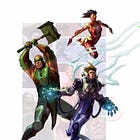
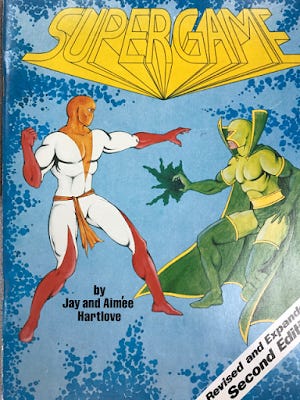
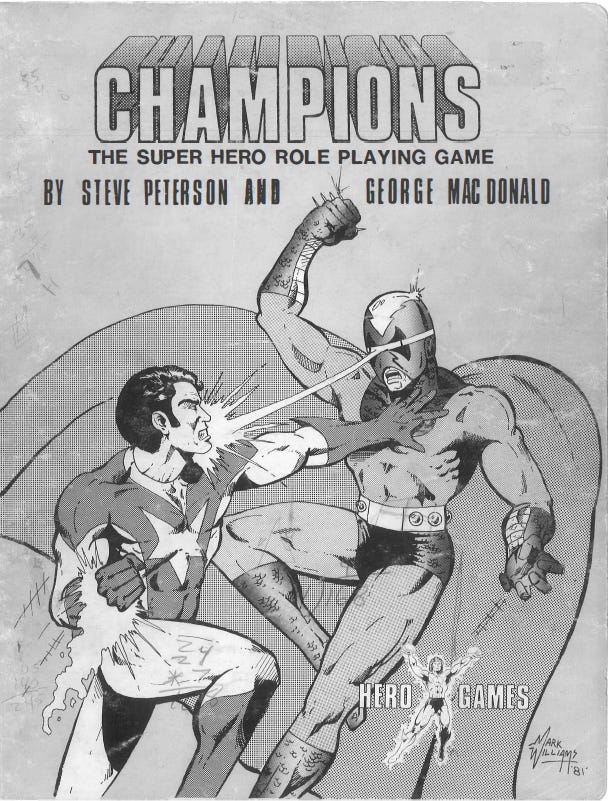
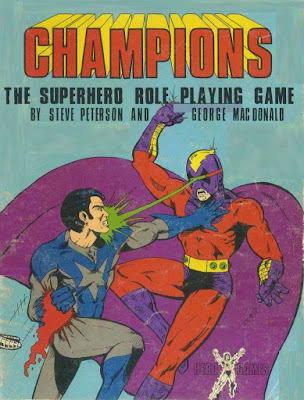
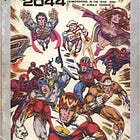
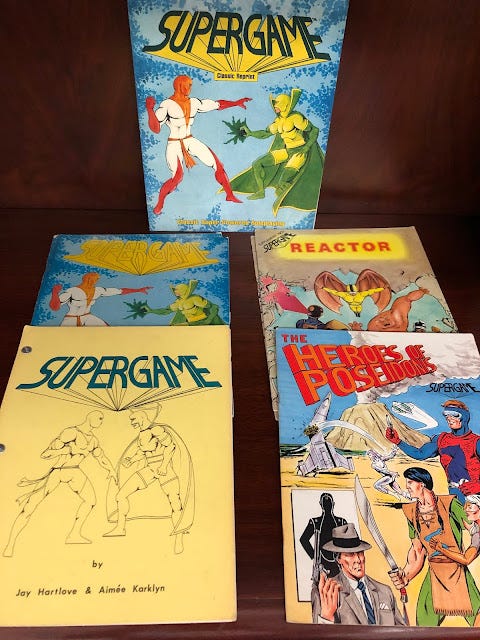
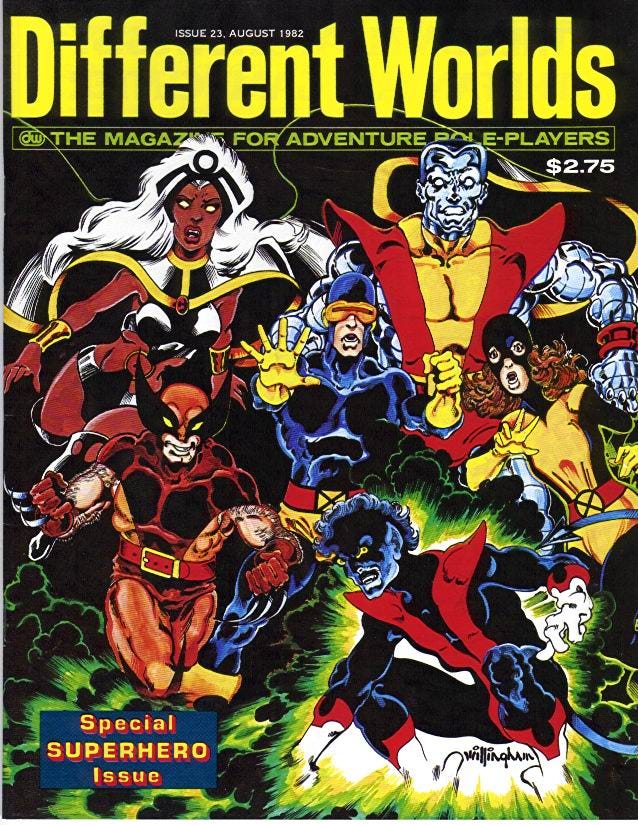


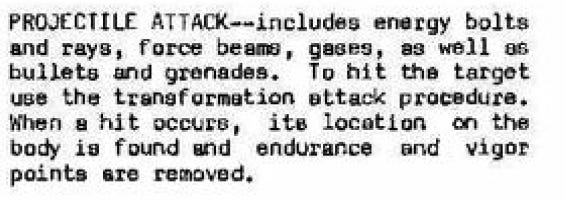
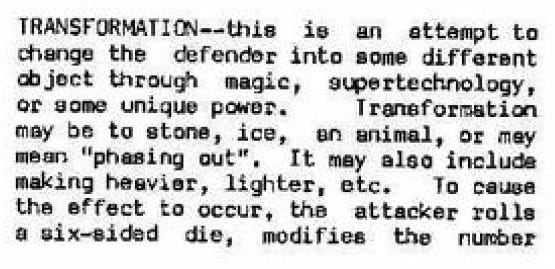

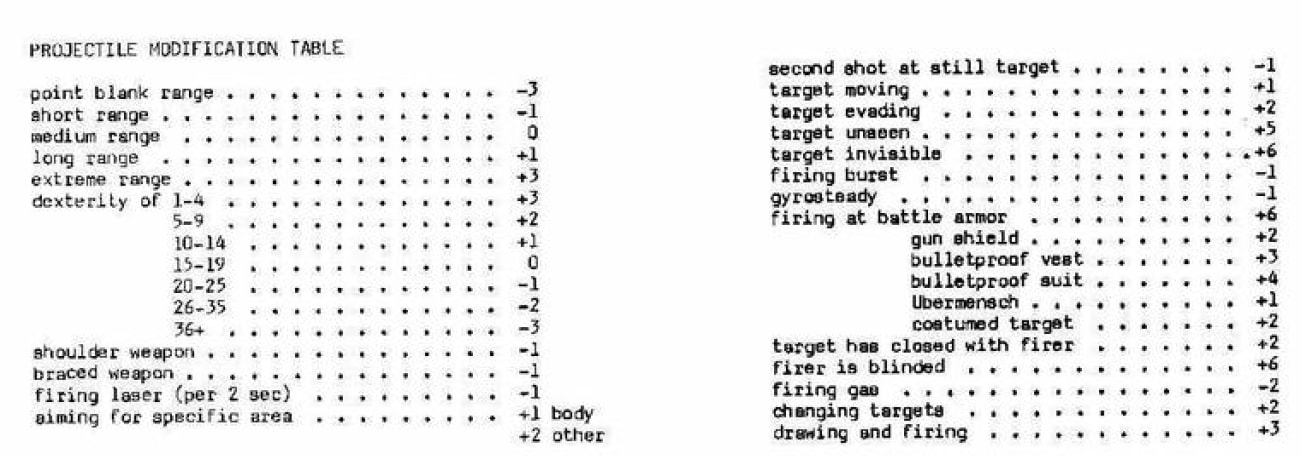
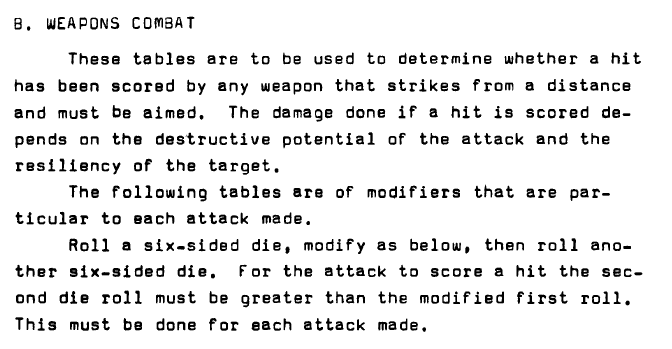
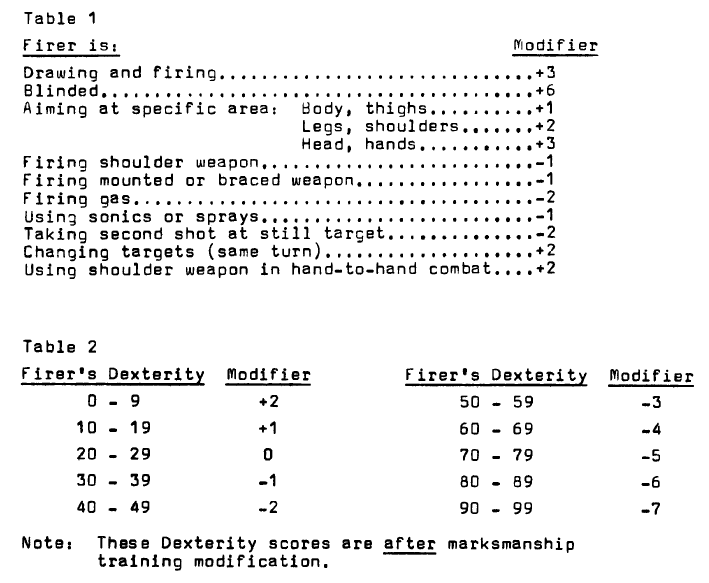

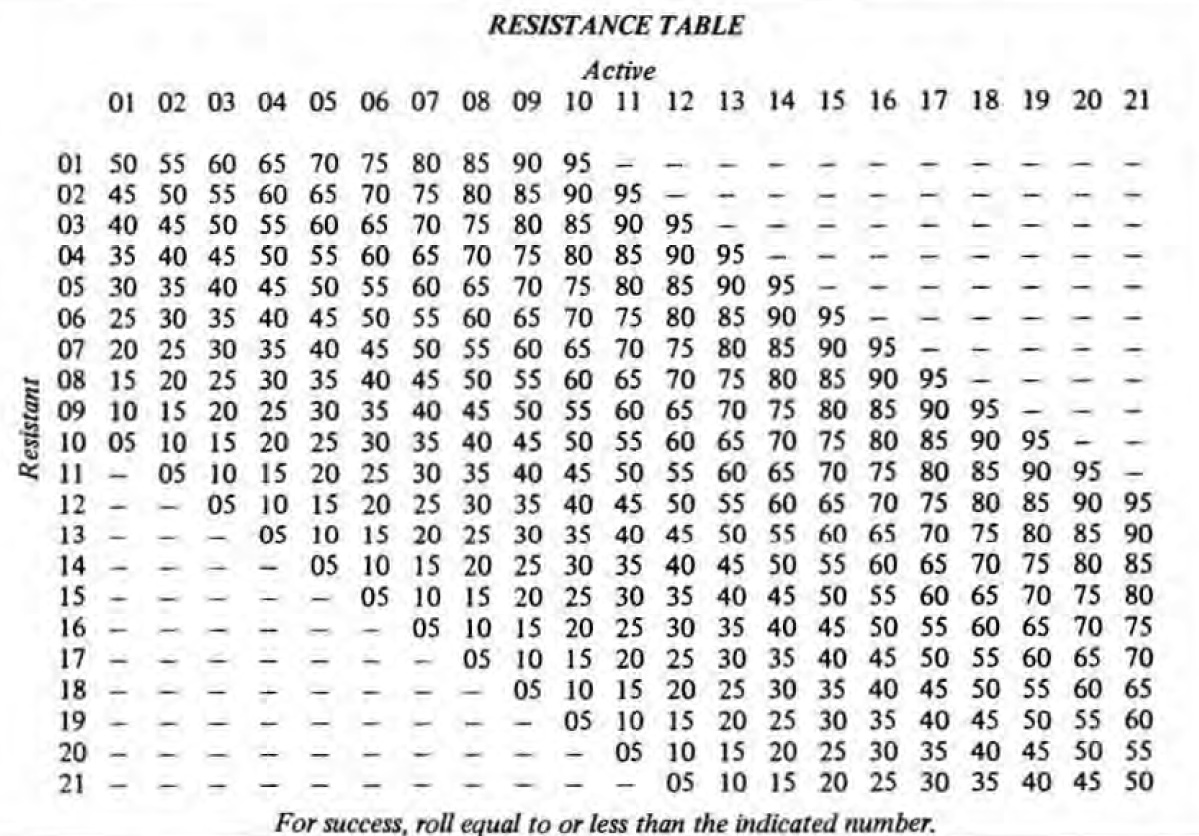

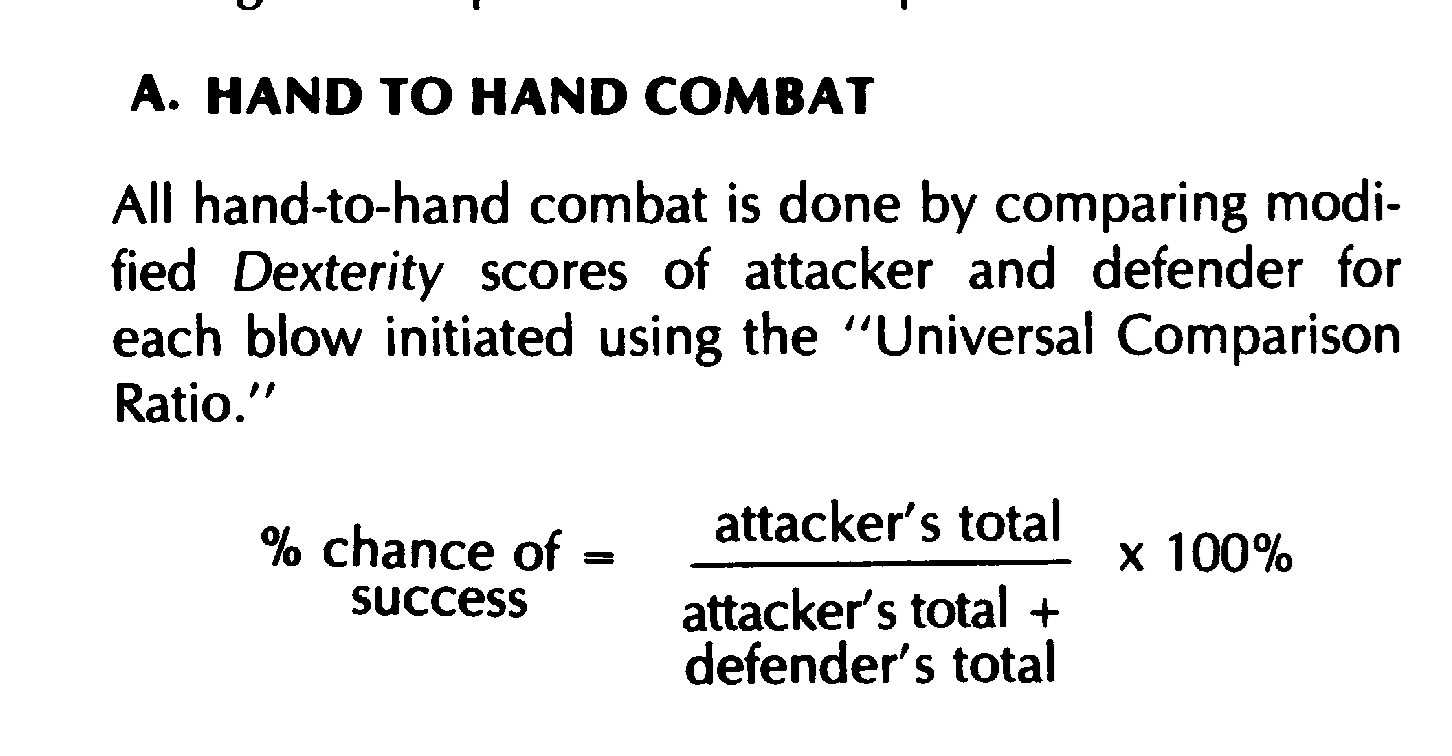
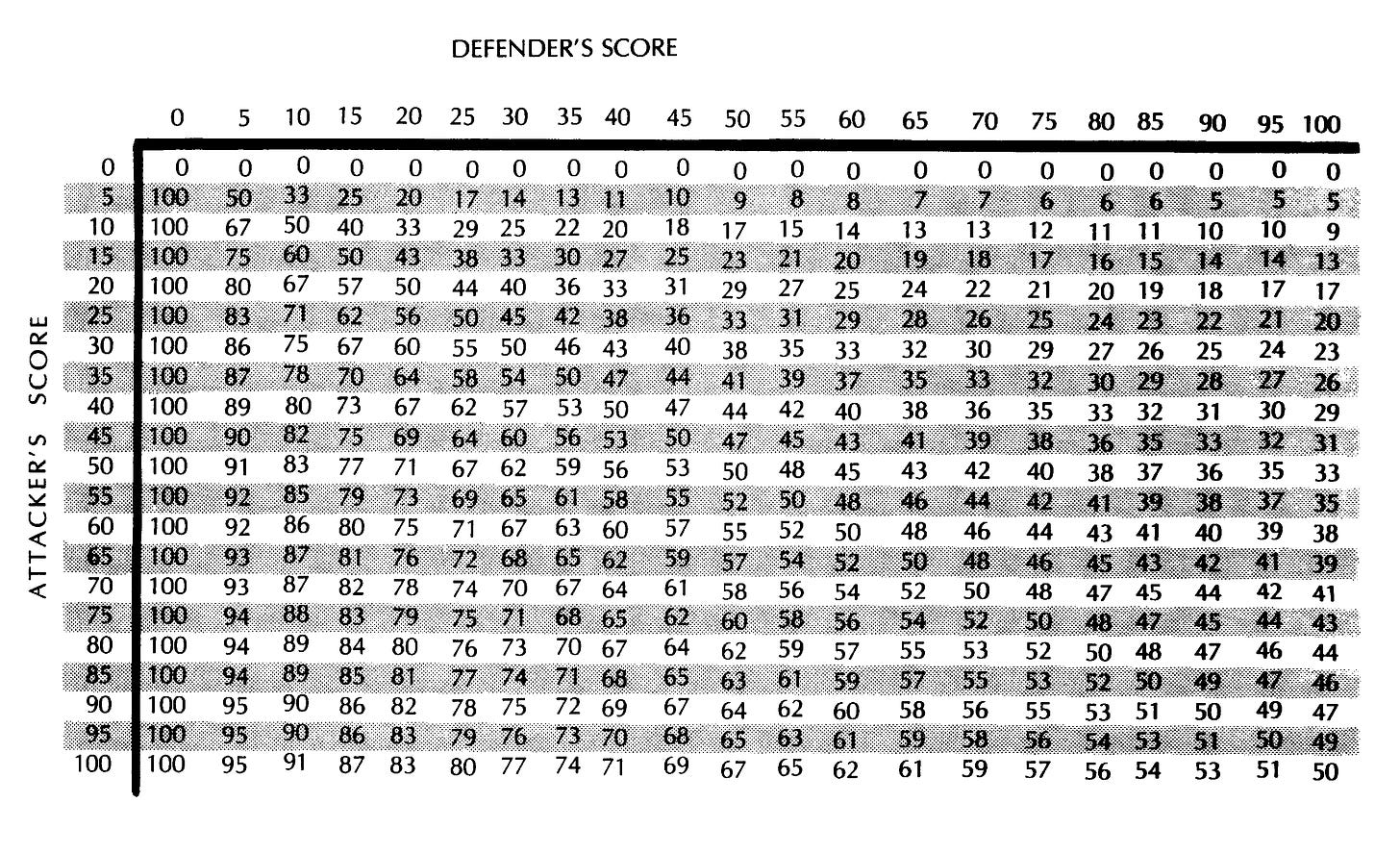


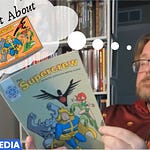


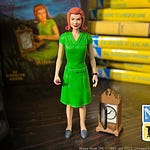
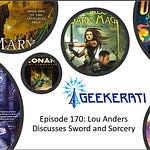
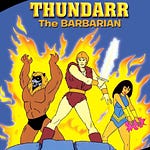
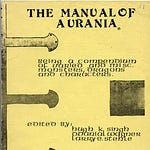
Episode 175: Supergame is a "Unique" Part of RPG History